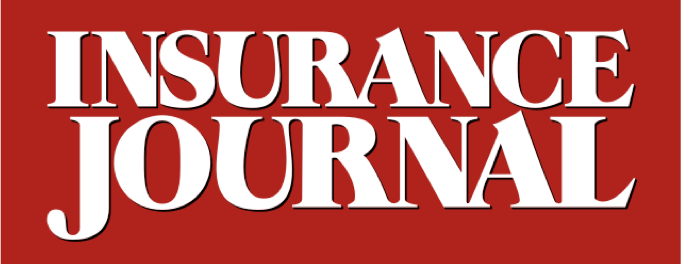According to a new report from the Å˽ðÁ«´«Ã½Ó³» Research Council, auto insurance is more affordable now than at the start of the 21st century.
The IRC, an affiliate of The Institutes, concluded that the average expenditure for auto insurance – as a percentage of median household income – is better recently than in 2000 because the median household income grew “somewhat faster” than auto insurance costs.
Average expenditures were $1,127 and median household income was $74,580 in 2022, the most recent year data is available. Therefore, U.S. households spent 1.51% of income on auto insurance. This was a slight increase from the previous year, according to.
But looking at the longer term trend, auto insurance affordability has improved over the last two decades. The average expenditure as a share of income was 1.64% in 2000 even though the expenditure on auto insurance was $690.
The auto insurance expenditure for the 2000s averaged 1.7%, said the IRC. For the 2010s, the expenditure averaged 1.6%.
The IRC expects affordability to deteriorate when data is received for 2023 and 2024 due to recent increases in insurance rates.
“The expenditure share is projected to increase to approximately 1.6% in 2023 and 1.7% in 2024, a significant increase from the low in 2021 but still below the peak of 1.9% in 2003,” said Dale Porfilio, president of the IRC.
The report also breaks down the difference in auto insurance affordability per state. Again, based on 2022 data, the highest auto insurance outlay as a percentage of household income was Louisiana (2.67%), Florida (2.49%), Mississippi (2.18%), New York (2.04%), and Georgia (1.99%).
The IRC said the affordability of auto insurance is determined by key underlying cost drivers in each state that include:
- Accident frequency
- Repair costs
- Tendency to file injury claims
- Injury claim severity
- Expense Index
- Uninsured motorists (UM)
- Underinsured motorists (UIM)
- Claim litigation
On the topic of uninsured or underinsured drivers, the IRC earlier this year found that one in three motorists were either uninsured or underinsured in 2023. , the combined rate is 10 percentage points higher than 2017.
“With the abrupt changes in the economy and impacts on household income, [uninsured-motorist] rates rose in nearly every state from 2019 to 2020,” said Porfilio. “We have been watching for UM rates to improve with lower unemployment and household income increases, but the IRC’s latest research shows UM rates continue to tick upward in most states. We presume deteriorating insurance affordability is more than offsetting economic improvements.”
Topics Auto Personal Auto
Was this article valuable?
Here are more articles you may enjoy.



 EEOC & DOJ Issue Guidance to Workers on Discrimination Related to DEI Programs
EEOC & DOJ Issue Guidance to Workers on Discrimination Related to DEI Programs  California at Risk of New Å˽ðÁ«´«Ã½Ó³» Bailout Amid Fire Danger
California at Risk of New Å˽ðÁ«´«Ã½Ó³» Bailout Amid Fire Danger  Federal Judge Orders Halt to Trump Administration Efforts to Dismantle CFPB
Federal Judge Orders Halt to Trump Administration Efforts to Dismantle CFPB  Fake Construction Site Injuries Reaching New Heights in New York City, Suit Says
Fake Construction Site Injuries Reaching New Heights in New York City, Suit Says 

